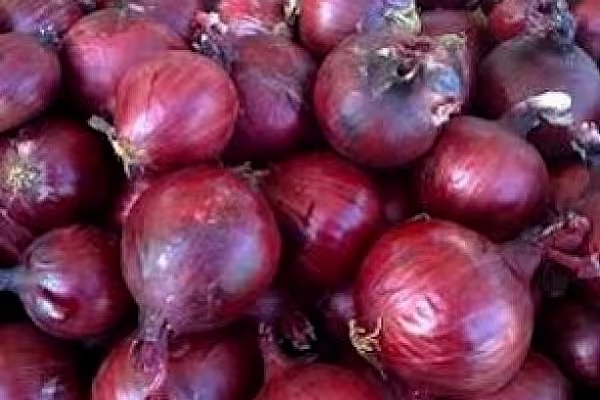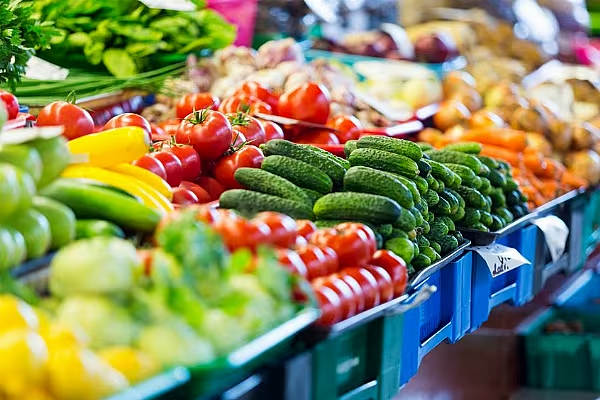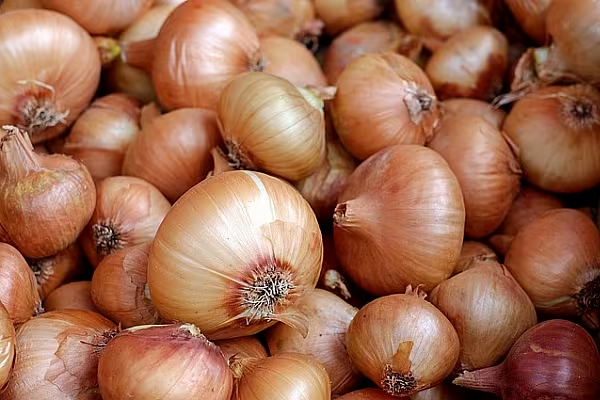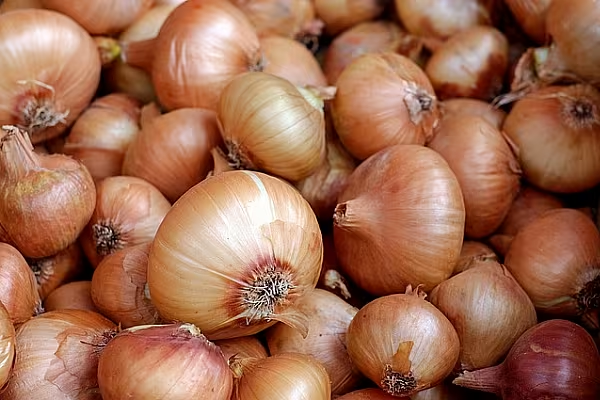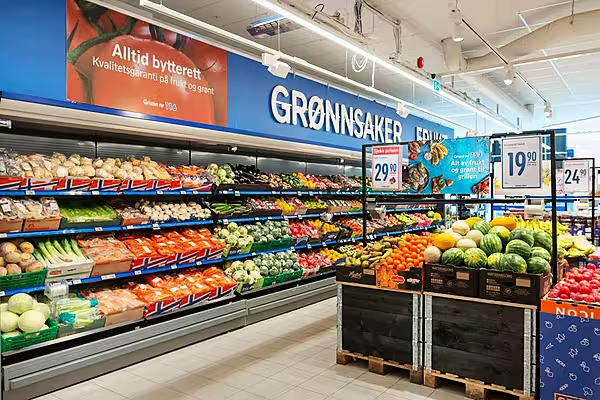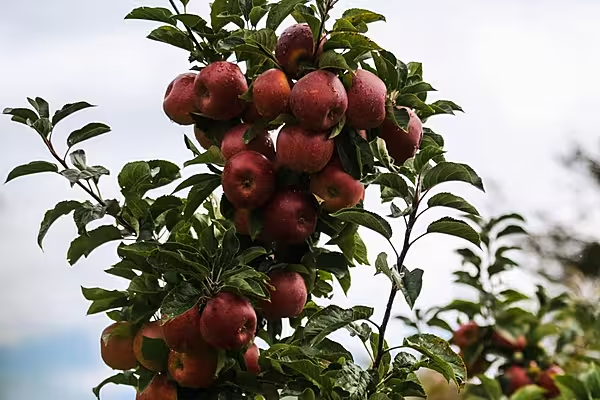Those who say India’s inflation woes are under control forgot to tell Mumbai’s onion thieves.
Prices of the vegetable - a staple in Indian diets - have almost doubled since July, leading to a series of widely reported heists in recent weeks. One victim, Anand Naik, had 750 kilos (1,653 pounds) of onions snatched from underneath a tarp by his roadside stall in Mumbai last month.
“It’s clearly because of the price surge," said Naik, 57, pointing to the 50-kg jute sacks behind him. “Otherwise who is going to try to steal these big bags?”
The rising likelihood of a rate cut in the coming months would do nothing to lower household inflation expectations, which central bank Governor Raghuram Rajan flagged as a crucial part of his long-term fight to control prices. Instilling expectations of lower prices among the population would help contain wage demands and allow interest rates to fall at a faster pace.
“The biggest issue which people tend to overlook is the RBI’s game plan to actually bring inflation down to 4 percent over the next couple of years," said Rajeev Malik, a Singapore- based senior economist with CLSA Asia-Pacific Markets. While there may be room for one more reduction in borrowing costs, he said, “there’s no scope for aggressive rate cuts.”
Years of 9-percent-plus price growth has left its mark on Indians, Rajan said last month. The central bank needs “credibility that it will act firmly against any future inflationary threats,” he said.
“If they find the price of vegetables staying low, they find the price of milk staying low, then they say ‘a-ha, there is a change,’” Rajan said in a Aug. 28 interview with Bloomberg TV.
Households expectations of where inflation will be in a year hit more than 10 percent in June from as low as 8.9 percent in December, according to a central bank survey published Aug. 4. That’s even as CPI stayed below Rajan’s January target of 6 percent for 10 straight months.
Rajan wants all indicators to eventually converge around his inflation target, which will fall to 4 percent in the coming years. To get there, he needs to eliminate large swings in the price of food, which accounts for almost half of the inflation basket, according to Vishnu Varathan, a Singapore-based economist at Mizuho Bank Ltd.
“It doesn’t matter if you’ve got low food inflation for nine months and three months it spikes, because that’s not going to help expectations,” he said. “You need that kind of inflation volatility to come down as well.”
Onions are a key ingredient in many Indian dishes, making prices a particularly sensitive political issue. A hundred kilos of onions cost an average 3,800 rupees ($57) in the main Lasalgaon wholesale market in August, about double from a month earlier. Supplies dropped by about 70 percent in that time, in part due to unseasonal rains.
News by Bloomberg, edited by ESM
